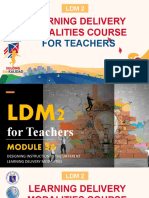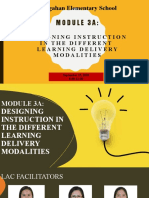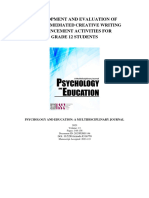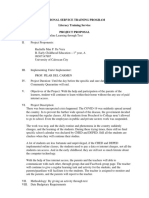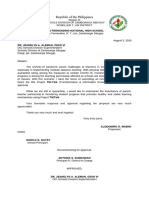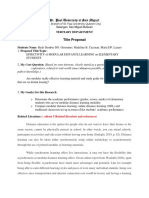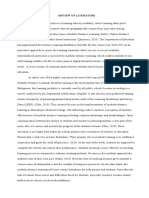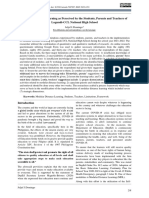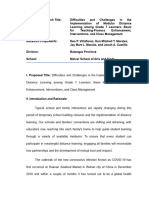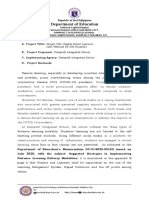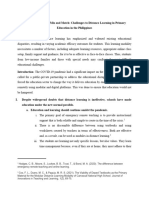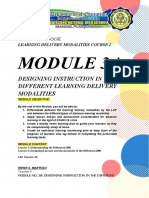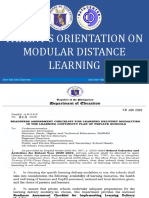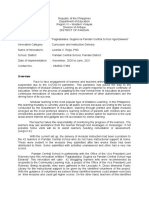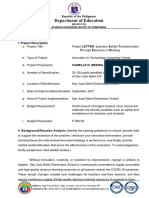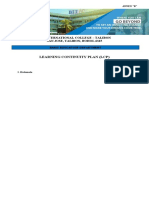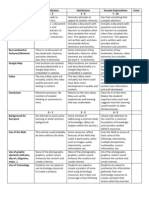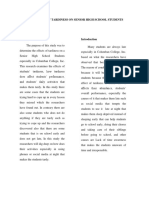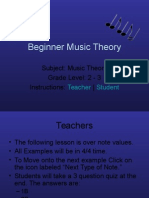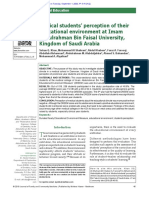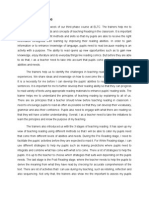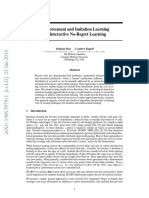0% found this document useful (0 votes)
27 views7 pagesProject CONNECT
The document proposes Project CONNECT, an initiative aimed at enhancing modular learning through the use of an offline MOODLE Learning Management System to provide digital Self-Learning Modules (SLMs) for students. The project seeks to address challenges in distributing printed materials during the COVID-19 pandemic and aims to facilitate safe access to educational resources. It is designed for the school year 2021-2022 and requires no funding as it utilizes open-source software.
Uploaded by
tanya.costerosCopyright
© © All Rights Reserved
We take content rights seriously. If you suspect this is your content, claim it here.
Available Formats
Download as DOCX, PDF, TXT or read online on Scribd
0% found this document useful (0 votes)
27 views7 pagesProject CONNECT
The document proposes Project CONNECT, an initiative aimed at enhancing modular learning through the use of an offline MOODLE Learning Management System to provide digital Self-Learning Modules (SLMs) for students. The project seeks to address challenges in distributing printed materials during the COVID-19 pandemic and aims to facilitate safe access to educational resources. It is designed for the school year 2021-2022 and requires no funding as it utilizes open-source software.
Uploaded by
tanya.costerosCopyright
© © All Rights Reserved
We take content rights seriously. If you suspect this is your content, claim it here.
Available Formats
Download as DOCX, PDF, TXT or read online on Scribd
/ 7


